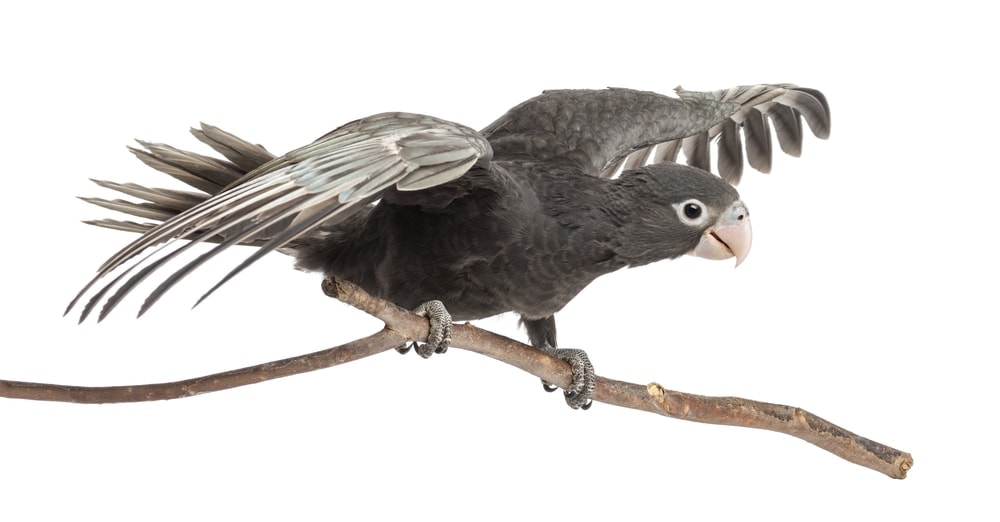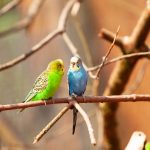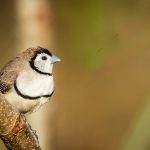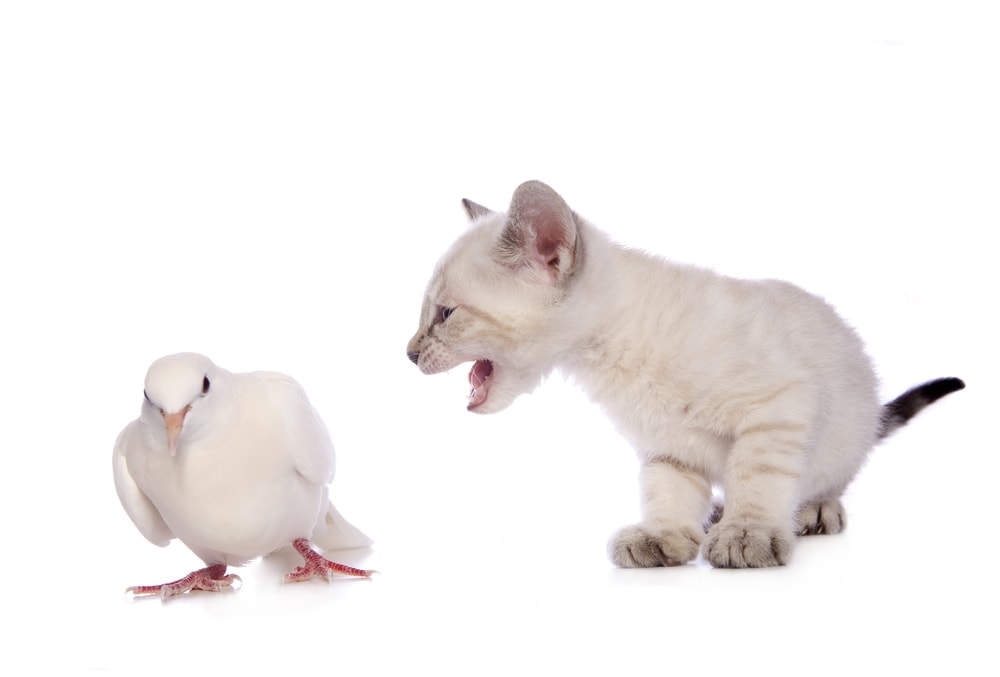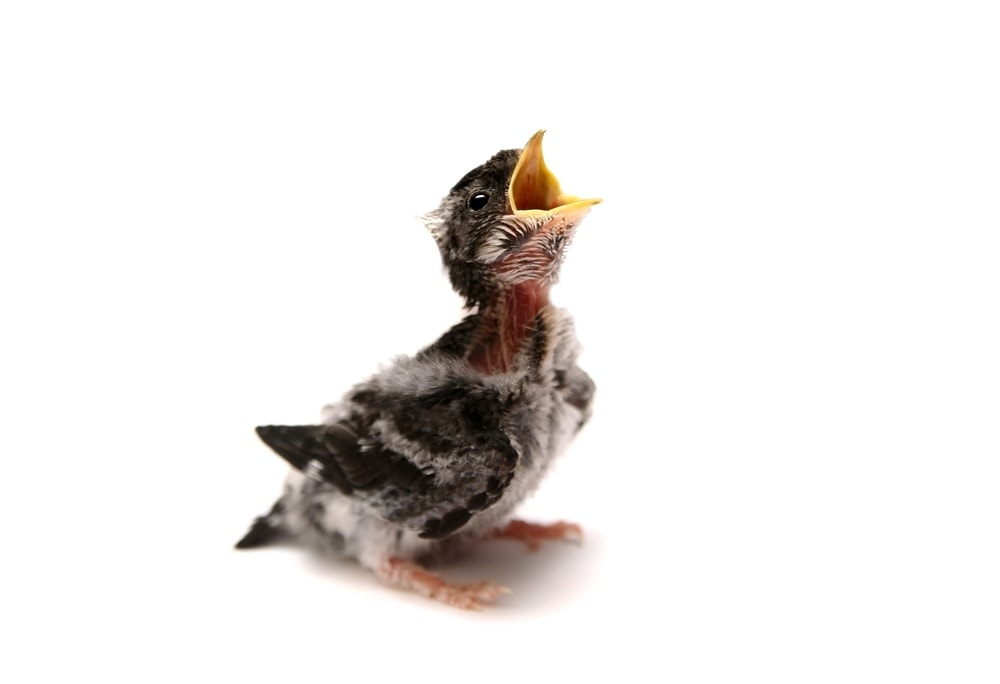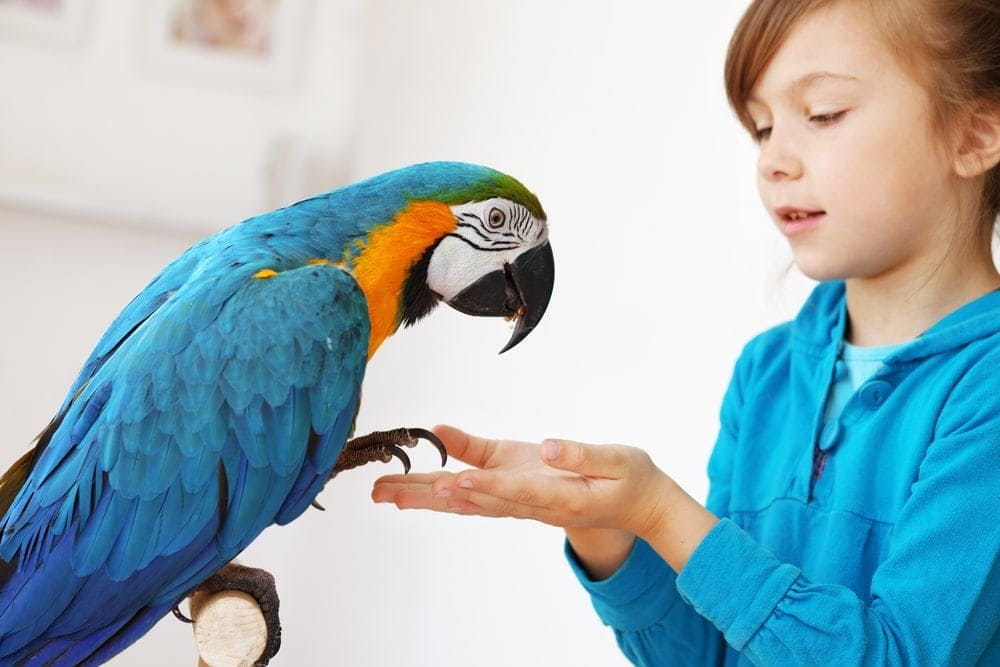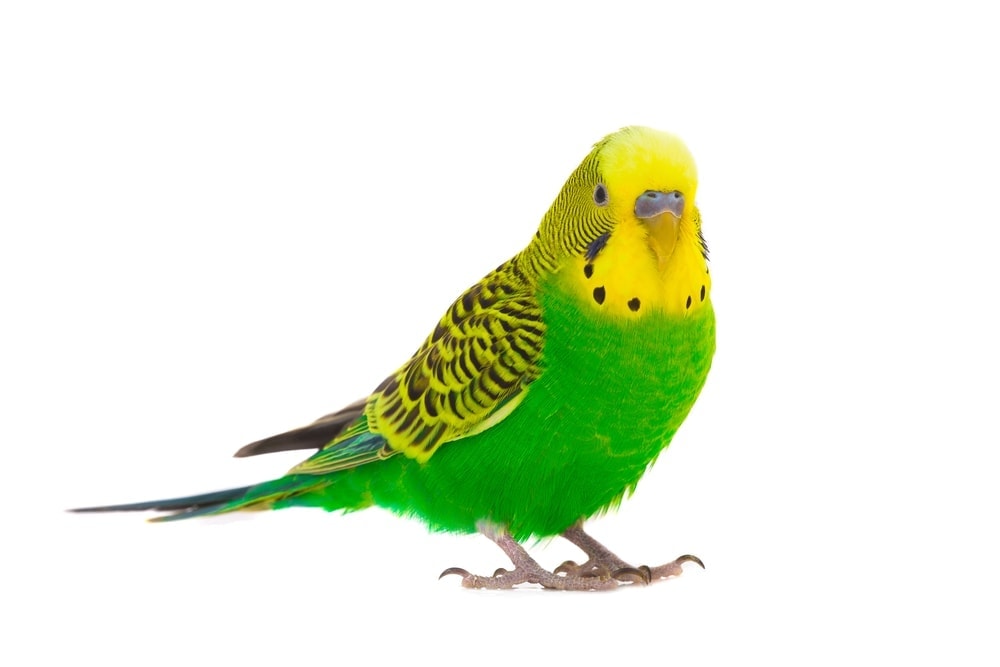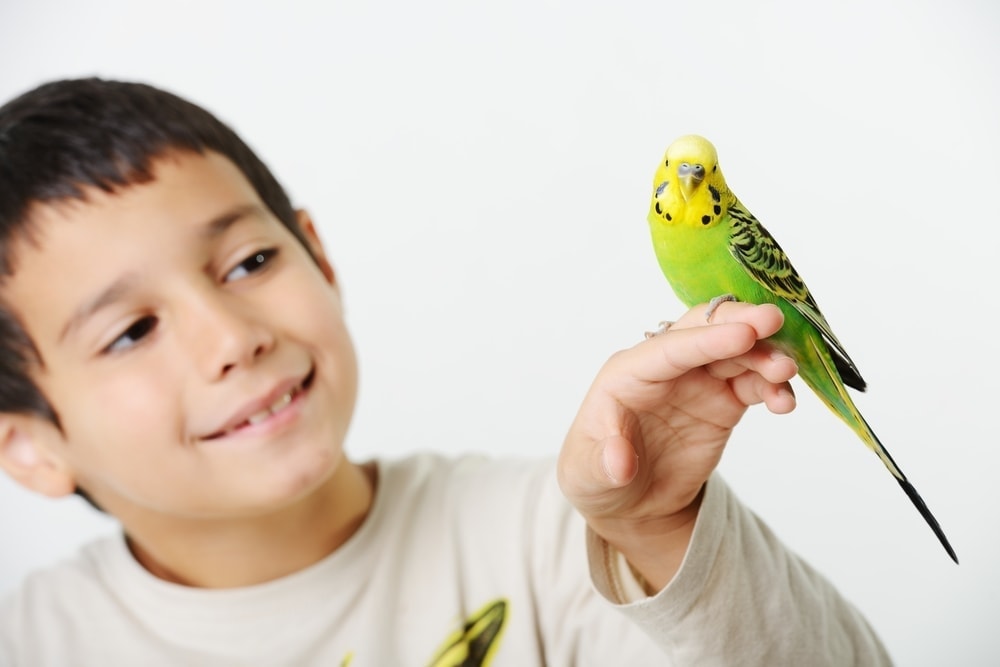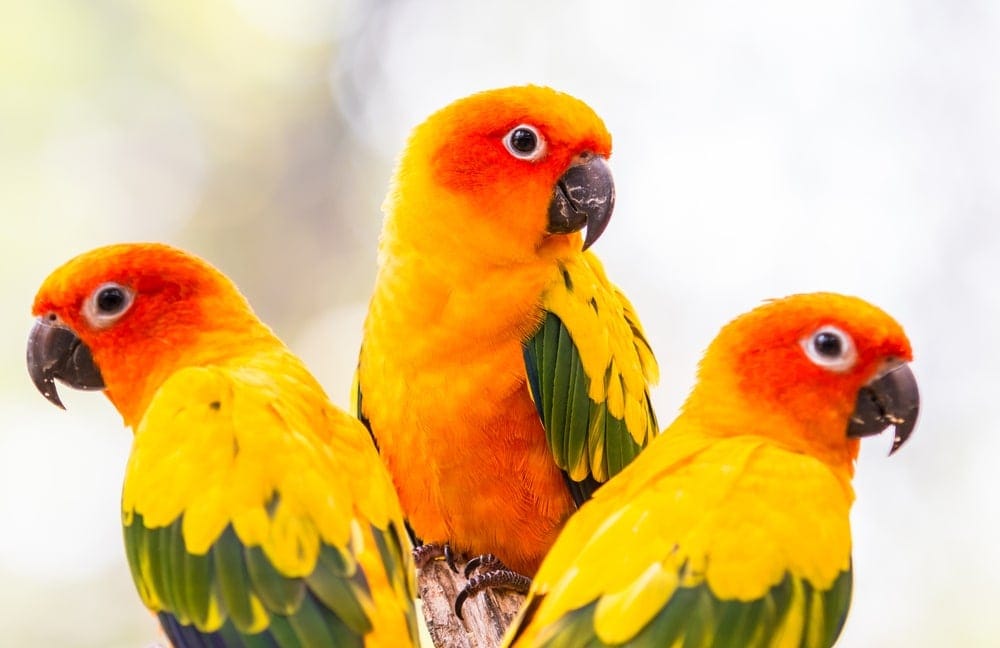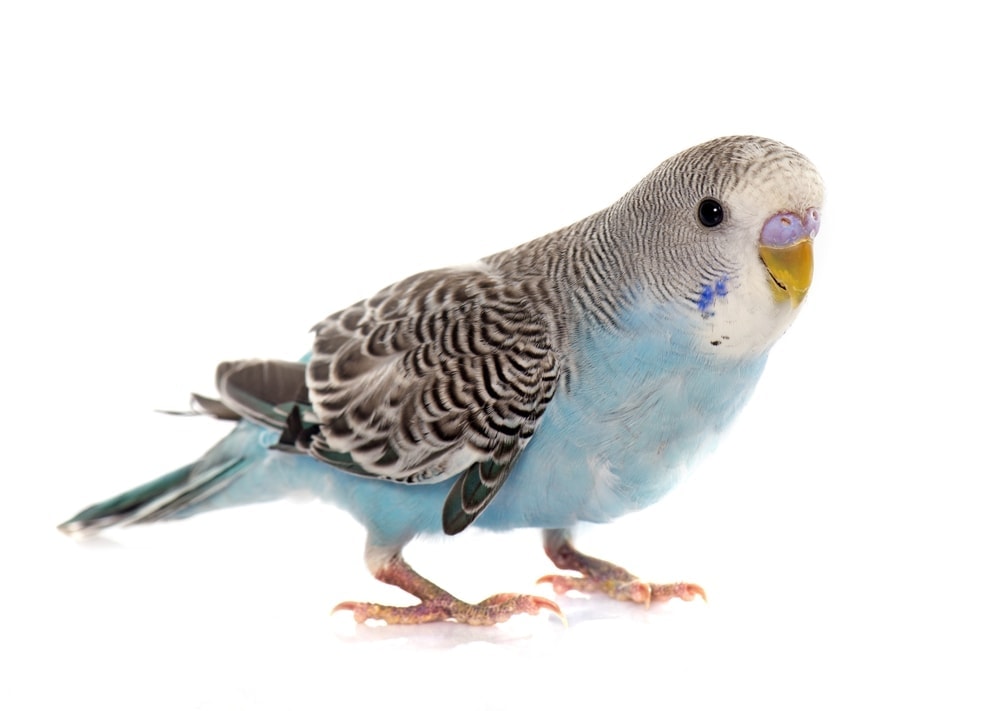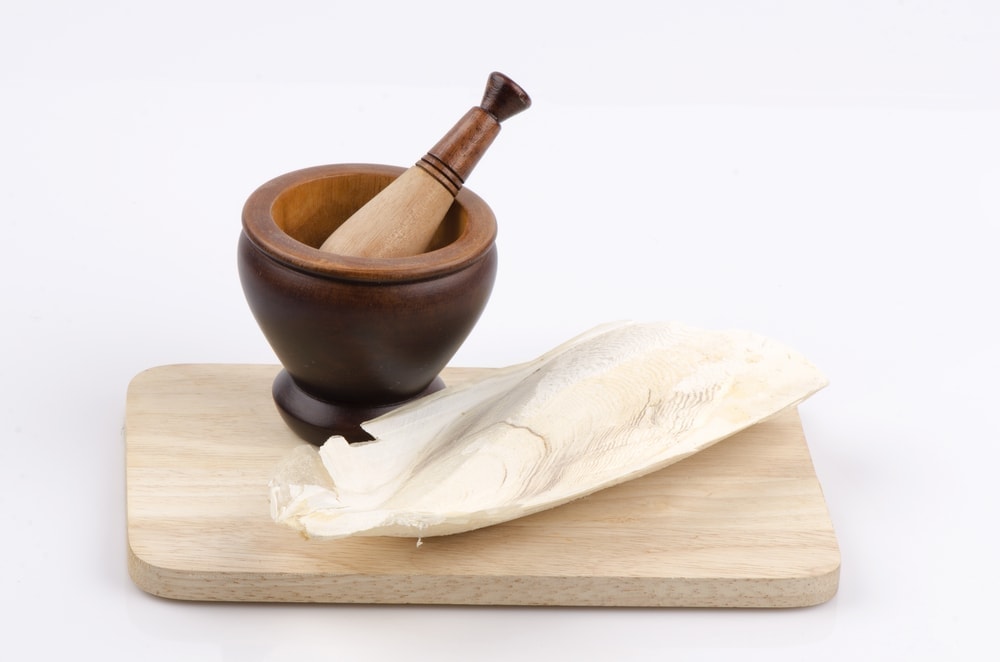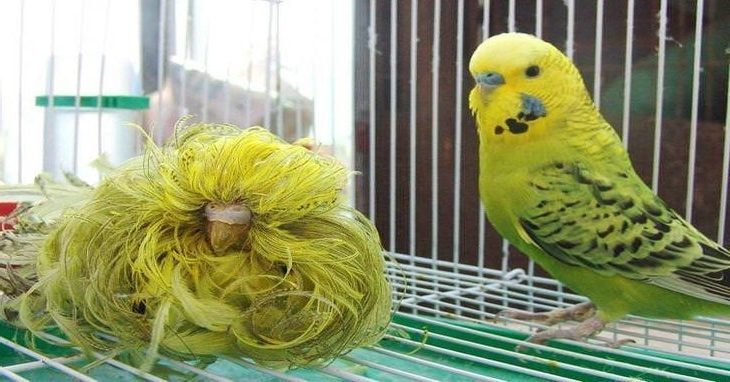The Vasa Parrot has a somewhat strange appearance, but it makes for a great pet.
If you are interested in owning a bird, this one is certainly worth considering.
It is one of the best long term companions a person could ever hope to have.
Appearance
The Vasa parrot can grow up to 6.8 ounces with a total length of 20 inches. The female Vasa’s feathers change color, despite molting never taking place. Their color goes from a smoky grey to a light brown within a very short period of time.
The male Vasa’s face eventually turns dark yellow, just like the female. Their cloaca actually prolapses, which avian experts believe helps with mating.
These parrots have a mostly black and dark grey coloration, so they are not the brightest birds in the world. They do, however, have an interesting look with their elongated neck and truncated body.
The only real difference between the Greater and Lesser Vasa Parrots is that the latter’s feathers have a paler color. Their stomach and breast are also a little browner.
Vasa Parrot Lifespan
The average lifespan of the Vasa parrot is about 30 years when properly cared for in captivity. There are, however, some reports of these birds living to be over 50 years old. This is a great long term feathery companion.
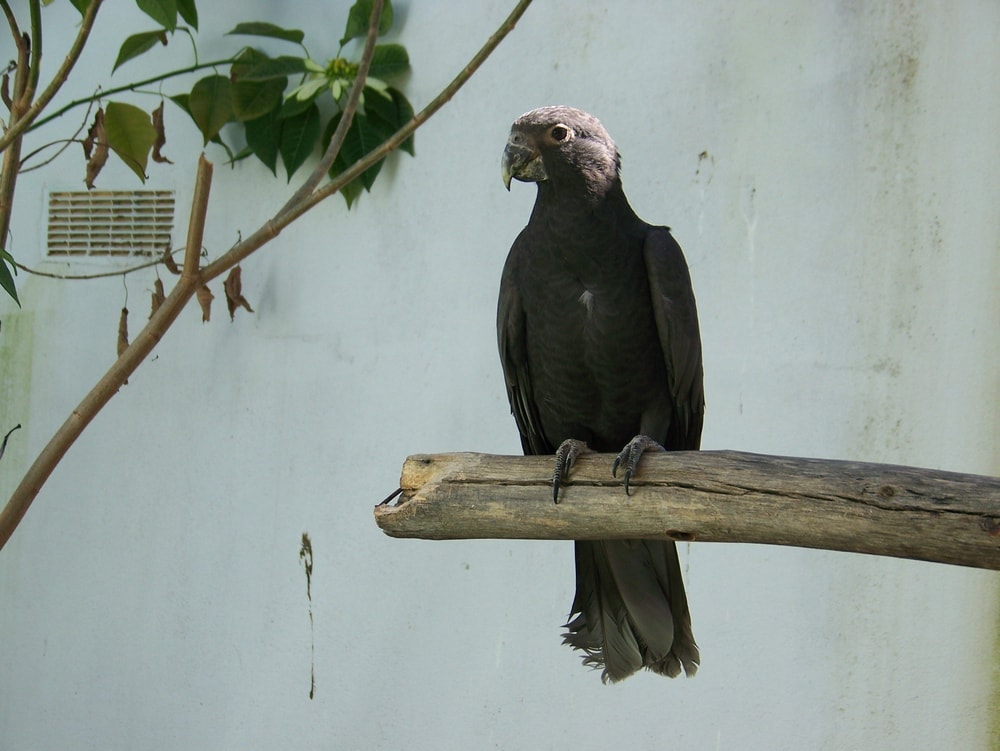
The Vasa Parrots Personality
Vasa Parrots love to stay active and definitely enjoy eating. They have an incredibly playful nature that most people find to be very endearing. It is very important that you spend a good amount of time with this bird on a daily basis. These parrots are known to start plucking out their own feathers if they become too bored.
One of the best things about these birds is that they can be very friendly and loyal to multiple people in a household. Unlike so many other birds, these ones aren’t known for singling out one person as their favorite.
Natural Habitat
The Vasa Parrot can be found in dense deciduous forests in Madagascar and the surrounding islands. They definitely prefer to spend most of their time in humid forest areas. These birds have a history of being isolated from others, and they are members of some very small parrot families. They can also be found in open savannahs.
Vasa Parrot Care Guide
1. Diet
If you are planning to acquire a Vasa Parrot, it is crucial that you keep it on a strict diet to stave off obesity. A diet that consists mostly of seeds and fruit is best for these birds, though they also enjoy eating maize right on the stalk.
Fruits and vegetables should make up about half of the birds diet. Grains should constitute twenty five percent of their diet, with the rest consisting of pellets and protein sources. This is the best way to keep your bird healthy and happy over the long term.
These birds seem to really enjoy pumpkin seeds, almonds, carrots, and sprouts. You can experiment with different fruits and veggies, but you should never give them avocado. A healthy, properly-balanced diet can go a long way to preventing serious health conditions with your feathery friend.
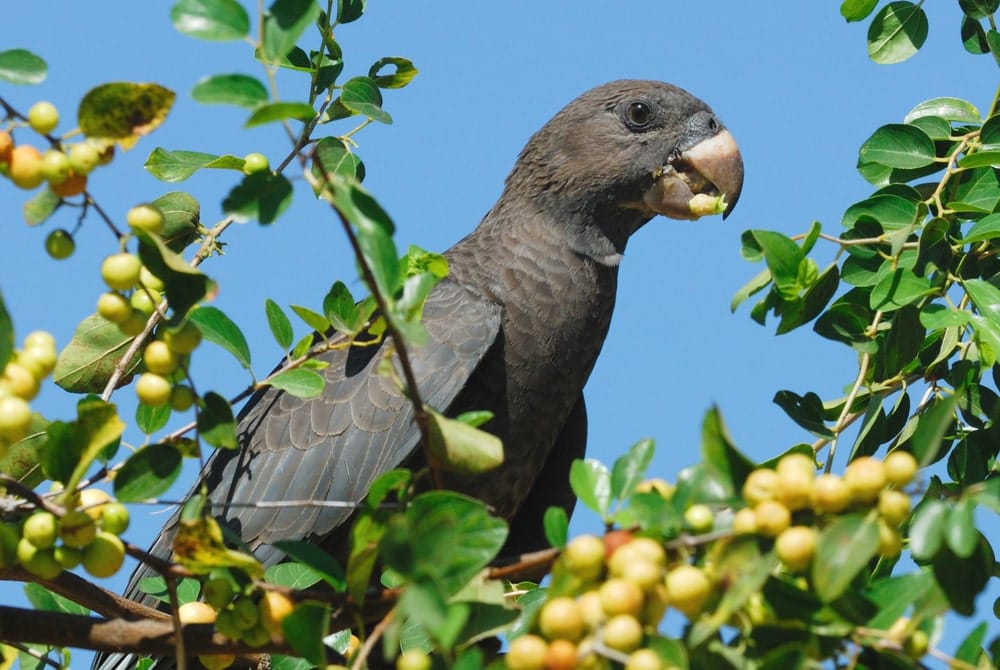
2. Environment
Vasa parrots should be ideally kept in an aviary that measures at least 23 feet long. This will provide your bird with plenty of room to fly around, which is important because of how active these ones are.
You will also need to make a point of buying a nesting box that measures 16 by 16 by 48 inches. You can get nesting boxes at most major pet supply stores as well as online. It is crucial that you take the time to find one that your bird is going to actually enjoy resting in. Otherwise you will have just wasted your hard-earned money.
When it comes to the temperature of your bird’s environment, whatever is comfortable for you should work just fine for them. Room temperature is generally best for these birds. You don’t want to go very far under or over this.
3. Common Health Problems
One of the reasons that Vasa parrots make for great pets is because they aren’t prone to a lot of serious health issues. These birds are susceptible to avian flu, beak and feather disease, and egg binding. It is important that you keep an eye out for signs of illness, including lack of appetite, cloudy eyes, and changes in the appearance of their stool.
4. Vasa Parrot Grooming
You’ll want to provide your Vasa parrot with a bowl of water in its cage that is specifically for bathing. This will serve to keep its feathers clean. You should make a point of changing out the bird’s water every day to avoid bacterial contamination.
Trimming of the nails, beak and flight wings should be done as needed. This can be a bit tricky to do yourself, so you might want to have the vet do it at first. You can also take your bird to a groomer that has avian experience.
Vasa Parrot Price
You can expect to pay around $1,000 for a Vasa Parrot. While these are far from the most expensive parrots on the market, they aren’t incredibly cheap.
Conclusion
- Vasa parrots can grow up to nearly 7 ounces and 20 inches long, making them fairly large.
- The average lifespan of these parrots is around 30 years, but they can easily live longer with proper care.
- These parrots have very outgoing and friendly personalities. They love to play and require a lot of stimulation on a daily basis.
- You should be able to handle this parrot for quite a while without any issues.
- It is important that you give your Vasa parrot a steady diet of mostly fruits, veggies, and seeds to keep them healthy over the years.
- These parrots need a lot of space, so you should get an aviary that is no smaller than 23 feet long.
- Make sure that your Vasa has plenty of toys, perches and other things in its cage to keep it mentally and physically stimulated.
